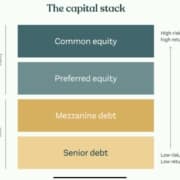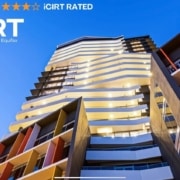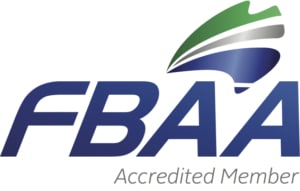Everything you need to know about NSW’s Transport Oriented Development Program
Written by David Lovato – CPC Development Lending Solutions
April 2024
New South Wales is grappling with a housing crisis that’s seen demand significantly outstripping supply, leading to skyrocketing property prices and tightening rental vacancy rates.
This imbalance has made it increasingly difficult for many residents to afford suitable housing, prompting the NSW Government to seek innovative policy solutions.
One such measure is the Transport Oriented Development (TOD) Program, aimed at increasing housing availability by developing areas around transport hubs.
Understanding the TOD Program
The TOD Program seeks to encourage the development of residential and commercial spaces around transport hubs, like train stations and bus interchanges.
But it’s about more than just building near train stations; it’s about creating more livable, accessible, and sustainable urban environments.
As such, the program focuses on two main components:
- State-led rezonings near priority transport hubs: This involves the development of areas within 1,200 metres of selected transport hubs to maximise the use of public transport and reduce reliance on cars.
- A new State Environmental Planning Policy (SEPP): Aimed at facilitating more mid-rise housing and mixed-use development within 400 metres of 31 well-located transport hubs and town centres. This policy aims to create denser, more diverse urban environments where people can live close to where they work and play.
The NSW government has identified 8 priority high-growth areas near transport hubs in greater Sydney for accelerated rezoning:
- Bankstown
- Bays West
- Bella Vista
- Crows Nest
- Homebush
- Hornsby
- Kellyville
- Macquarie Park
The eight precincts will be rezoned between September 2024 to November 2024 to fast-track housing in these areas – with the ambitious target of creating capacity for up to 47,800 new homes over 15 years, all within walking distance of these stations.
Additionally, the state government will invest $520 million in community infrastructure within these precincts, such as critical road upgrades, active transport links and good-quality public open spaces.
Why does it matter for developers?
These reforms present significant opportunities for property developers, including:
- Increased development opportunities: The program creates more opportunities for new residential and commercial projects by opening up land around transport hubs.
- Enhanced marketability: Properties within walking distance of transport options are typically highly attractive to buyers and renters alike. As such, these developments are likely to enjoy higher demand and, potentially, better returns on investment.
- Streamlined approvals: The program is part of broader planning reforms aiming to simplify and accelerate the development approval process. Faster approvals mean developers can move from concept to construction more quickly
Backlash and concerns
Despite the clear benefits in terms of increased housing supply and more efficient urban planning, the TOD proposals have faced some backlash. Critics argue that increased density could lead to overdevelopment, straining local infrastructure like roads, schools, and green spaces. There is also concern about the potential loss of local character and heritage in some areas, as well as the impact of construction on existing communities.
Residents and some local councils have expressed worries that the ‘one size fits all’ approach may not suit the unique needs and contexts of different suburbs. There are fears that rapid changes could lead to gentrification, pushing out existing residents due to rising property values and rents.
Crowd Property Capital is a property development finance specialist. We help property developers overcome their funding challenges by sourcing loans for land, construction and residual stock. Contact us at [email protected] or fill in this form.













